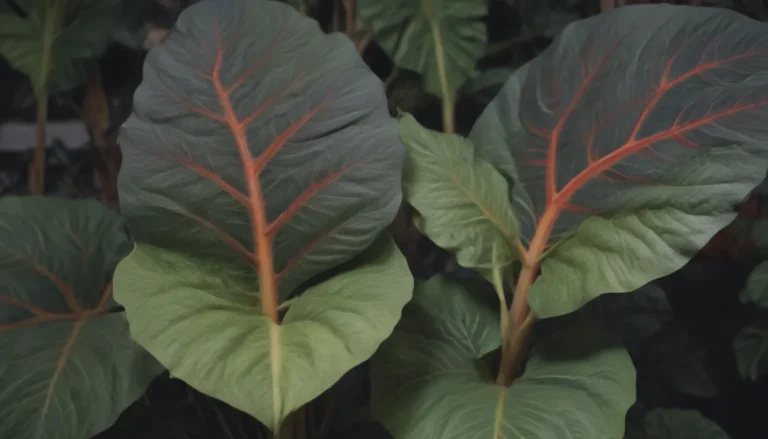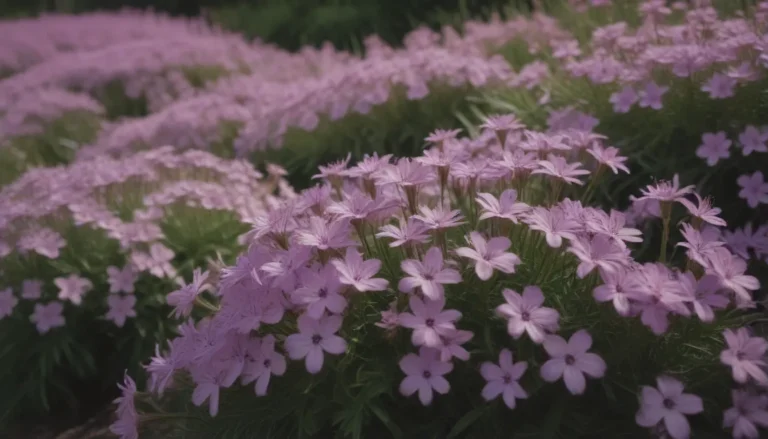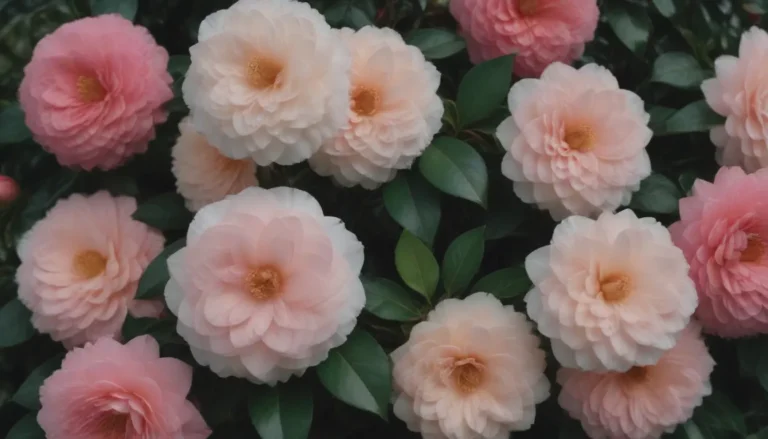Everything You Need to Know About Rabbit’s Foot Fern Care

Are you looking to add a unique fern to your indoor plant collection? Look no further than the charming Rabbit’s Foot Fern. With its lacy upright fronds and creeping scaly rhizomes covered in a fur-like mat of hairs, this plant is sure to be a standout in your home.
In this comprehensive guide, we will walk you through everything you need to know about caring for a Rabbit’s Foot Fern. From light and soil requirements to watering and fertilizing tips, we’ve got you covered. Let’s dive in and learn how you can ensure your Rabbit’s Foot Fern thrives in its new environment.
Rabbit’s Foot Fern Care Guide
Here are the main care requirements for growing a Rabbit’s Foot Fern:
Light
Rabbit’s Foot Ferns thrive in dappled light or partial shade conditions. Indoors, place your fern near a north-facing or east-facing window for optimal light exposure. Avoid direct sunlight, as it can harm the delicate fronds. If natural light is lacking, artificial lights can also help your fern thrive.
Soil
For optimal growth, Rabbit’s Foot Ferns prefer a loamy, rich soil with plenty of peat. While drainage is not a top concern, it’s essential to avoid waterlogged conditions. A peat-based potting mix with a slightly acidic pH is ideal for these plants.
Water
Keep the soil consistently moist for your Rabbit’s Foot Fern. This usually means watering or misting the exposed rhizomes every other day. Avoid letting the rhizomes dry out, as it can weaken or kill the plant. During the semi-dormant period from October to March, reduce watering to accommodate the plant’s growth cycle.
Temperature and Humidity
Maintain a temperature above 60 degrees Fahrenheit for your Rabbit’s Foot Fern to thrive. While these plants are less demanding of high humidity compared to other ferns, regular misting or the use of a room humidifier can prevent the rhizomes from drying out.
Fertilizer
Feed your Rabbit’s Foot Fern with a weak liquid fertilizer every two to three weeks during the growing season. Follow the product label instructions for the correct dosage. Reduce fertilizing during the late fall through spring months to align with the plant’s natural growth cycle.
Types of Rabbit’s Foot Fern
The Davallia genus includes a few species commonly found in cultivation, all with similar care requirements and appearance:
- Davallia solida var. fejeensis
- D. canariensis
- D. trichomanoides
Most species have airy, feathery foliage, with some varieties requiring more water than others. Understanding the specific needs of each species can help you tailor your care routine accordingly.
Pruning and Propagating
As with other clumping ferns, Rabbit’s Foot Ferns are relatively easy to propagate. You can divide the rhizome or propagate from rhizome cuttings to expand your fern collection. Prune dead fronds as needed to maintain a healthy appearance.
Propagating Steps:
- Divide the rhizome by splitting your fern in two.
- Pot up each divided half into a new container.
- For rhizome cuttings, follow these steps: [insert steps here]
Potting and Repotting
Rabbit’s Foot Ferns have unique potting requirements. Lay the rhizomatous roots on the surface of a peat-based potting mix and pin them into place. Minimal repotting is required, and allowing the plant to overgrow its pot slightly can promote healthier growth. Consider using a shallow, well-draining pot for your Rabbit’s Foot Fern.
Overwintering
During the winter months, Rabbit’s Foot Ferns enter a semi-dormant period. Reduce watering and fertilizing from October to March to accommodate the plant’s growth cycle.
Common Pests and Plant Diseases
While Rabbit’s Foot Ferns are relatively low-maintenance, they are susceptible to pests such as aphids, mealybugs, scale, and whiteflies. Keep an eye out for any signs of infestation and treat promptly with the least toxic option available, such as horticultural oil. Remember that proper humidity levels can help prevent pest infestations.
Troubleshooting Common Problems
Growing Rabbit’s Foot Ferns can be a rewarding experience, but it does require some attention to detail. Here are a few common problems to look out for:
Scorched or Burned Fronds
Rabbit’s Foot Ferns are sensitive to chemicals and direct sunlight, which can result in burned or damaged fronds. Ensure your plant receives bright indirect light and avoid exposing it to harsh sunlight. Additionally, consider using natural pesticides instead of chemical insecticides to protect your fern.
Discolored or Limp Fronds
Limp fronds may indicate overwatering, while yellowed fronds with brown tips could be a sign of low humidity. Pale, stunted fronds may indicate a lack of nutrients. Adjust your watering, humidity levels, and fertilizing routine to address these issues promptly.
Conclusion
In conclusion, Rabbit’s Foot Ferns are unique and eye-catching plants that can thrive in a variety of indoor environments. By following our comprehensive care guide, you can ensure that your Rabbit’s Foot Fern remains healthy and vibrant for years to come. Remember to monitor your plant’s growth, adjust your care routine as needed, and enjoy the beauty of this exquisite fern in your home. Happy gardening!





